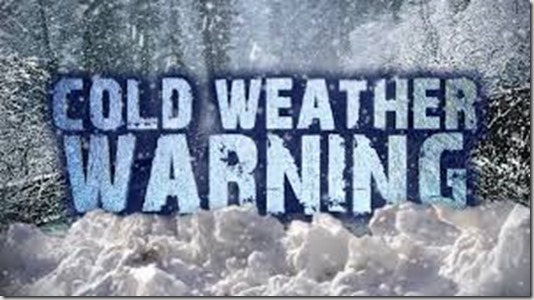I have a notification system that lets me know when the temperatures are expected to drop below freezing. Yes, it’s great to know ahead of time so I can plan an indoor day but the real reason for this is to notify my clients through twitter (www.twitter.com/fe_airsystems)
As most already know, compressed air systems can be devastated by freezing temps if your not ready.
When I received my first notice of the season last week I was shocked at far into the year we were. I guess it was the extended summer temperatures that caught me off guard and then but I noticed this weekend my area is predicted to see a low temp of 25 degrees.
I hope you’re keeping track better than me but if not, It’s time to get your compressed air system ready for the cold weather.
This is the first of several posts to help you be cold weather prepared.
Of course maintenance takes place all year long, whether by your own maintenance staff or bringing in your preferred compressed air service specialist but there are a list of additional checks and corrections that need to be made ahead of freezing temperatures.
Check all drains for proper operation
Check drains for obstructions or inefficiencies. If a drain is malfunctioning it can cause serious issues when the temperatures drop. In compressor rooms that are not heated, improperly drained condensate could freeze. If the drain trap is left open, it blows expensive compressed air to the atmosphere and let’s face it – efficiency means everything to companies today. If not already installed consider adding no air loss type auto drains. Be sure to inspect drains in the air system equipment, including dyers, receivers and filters.
Maintain air filters
Filters should be checked regularly for clogs or other problems indicated by a high differential pressure. This unnecessary pressure drop can decrease end-use pressure, causing the entire system to work harder and use more energy. Again, efficiency is king! Coalescing filter housings partially filled with water are at risk for freeze and rupture event and nobody wants to be around that time bomb. .
Locate and repair leaks
Leaks can account for up to 25 percent of compressed air use. Identifying and fixing leaks can lead to huge savings. Did I mention efficiency? Some larger leaks can be heard just walking through the area but smaller leaks will require monitoring equipment. You can purchase and utilize an ultrasonic acoustic leak detector or hire a “Quality” compressed air auditing firm. An auditing company can perform a leak audit only or you can go all out and have them perform a supply & demand side audit to determine additional potential savings for your entire system.
These are the first steps to take when winter is just around the corner. Follow the blog to learn more pre-cold weather tips.





